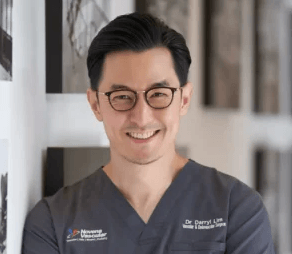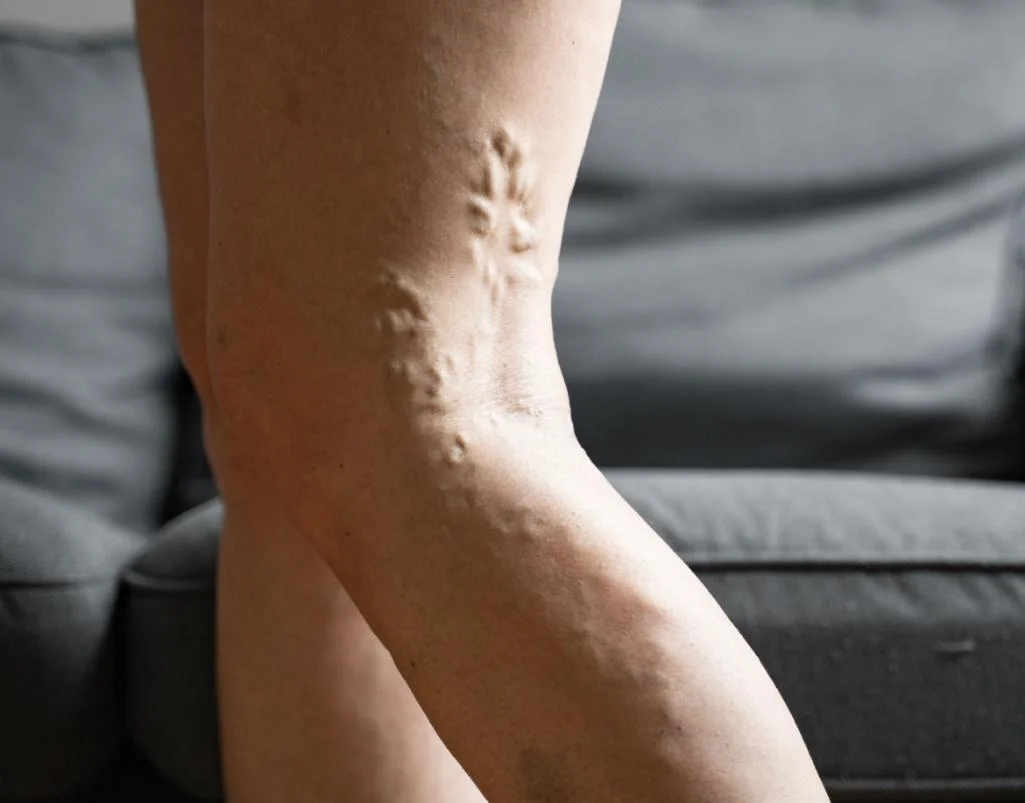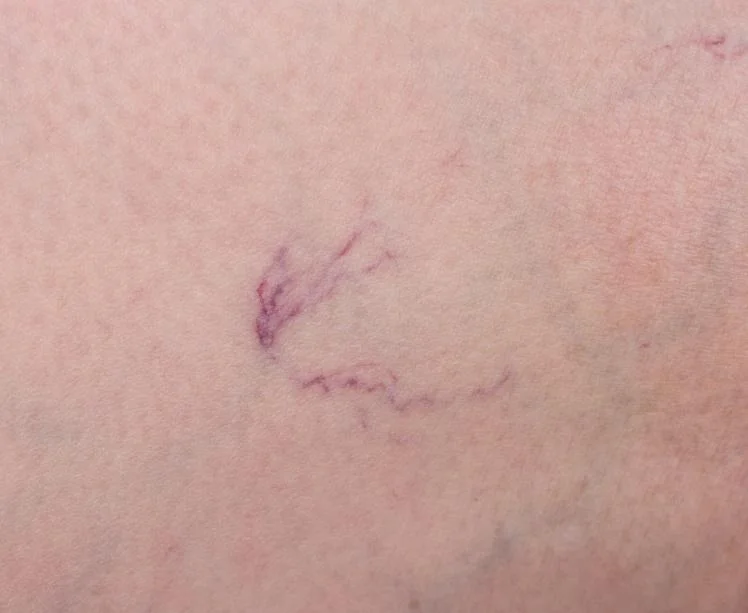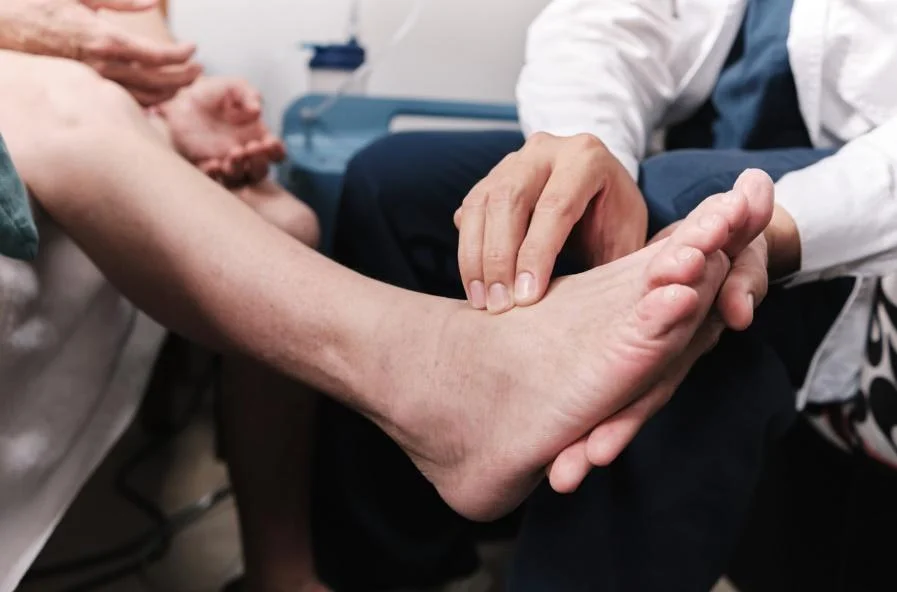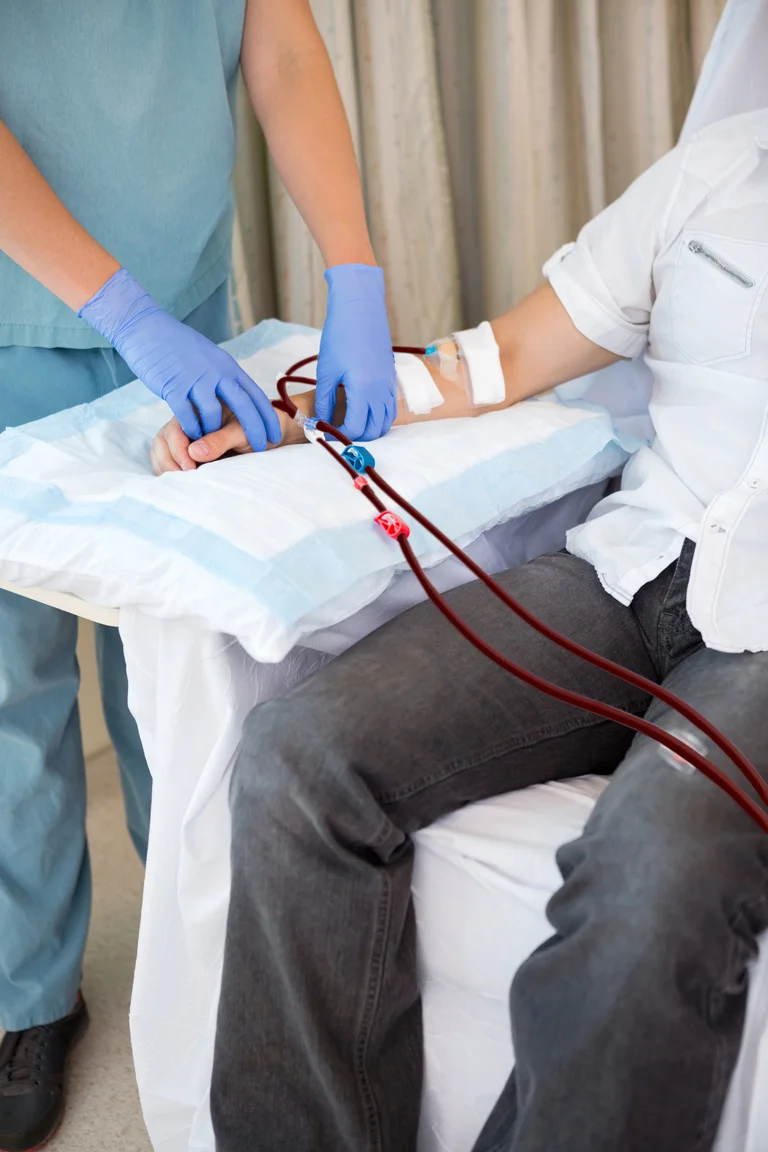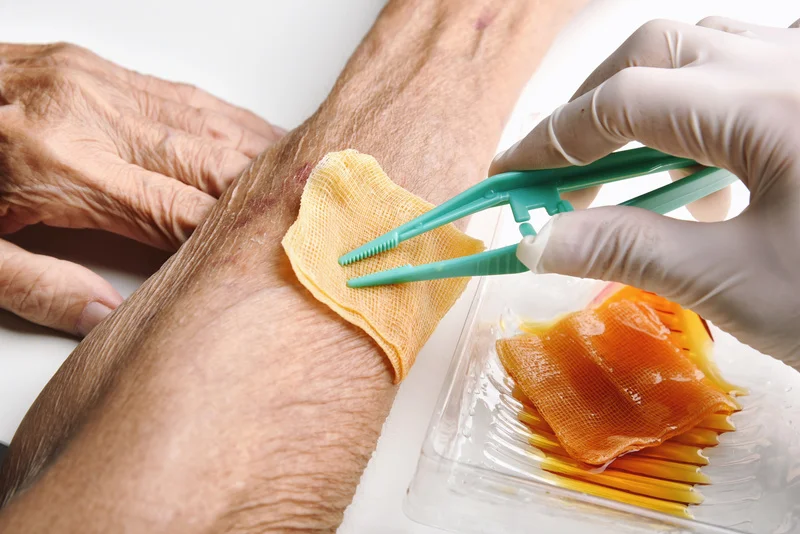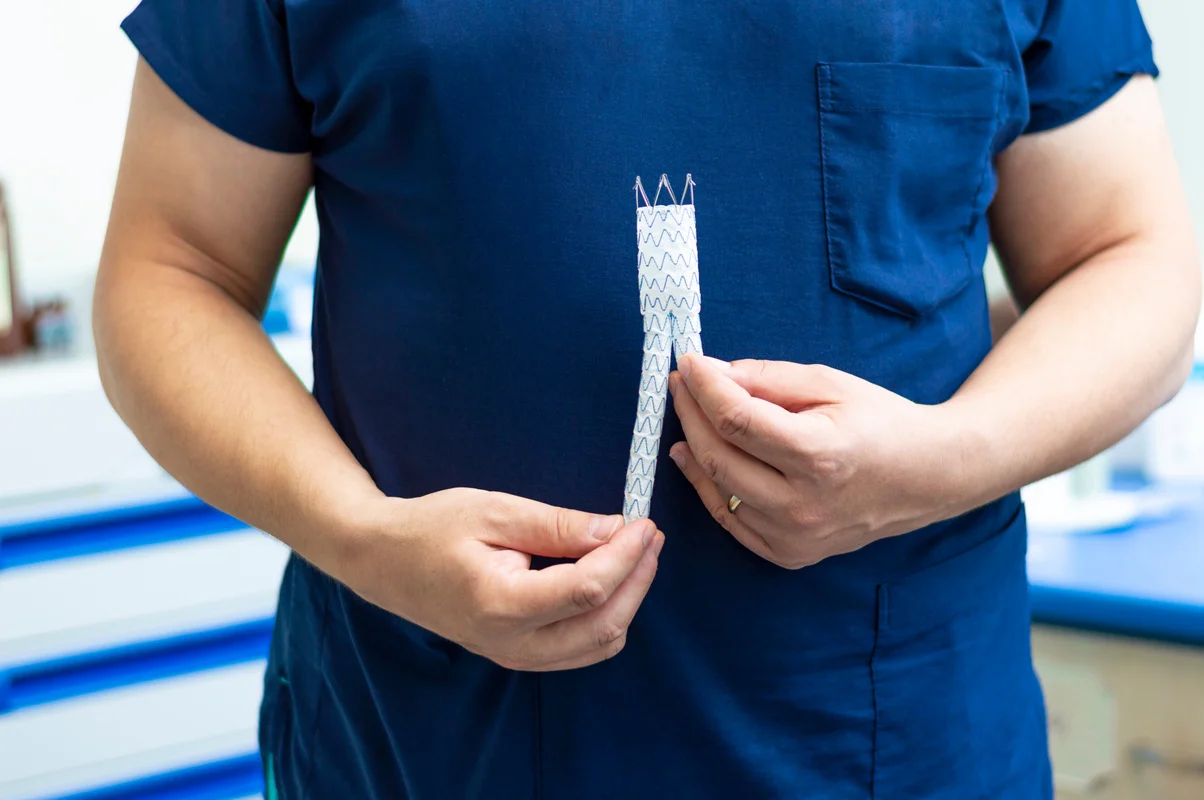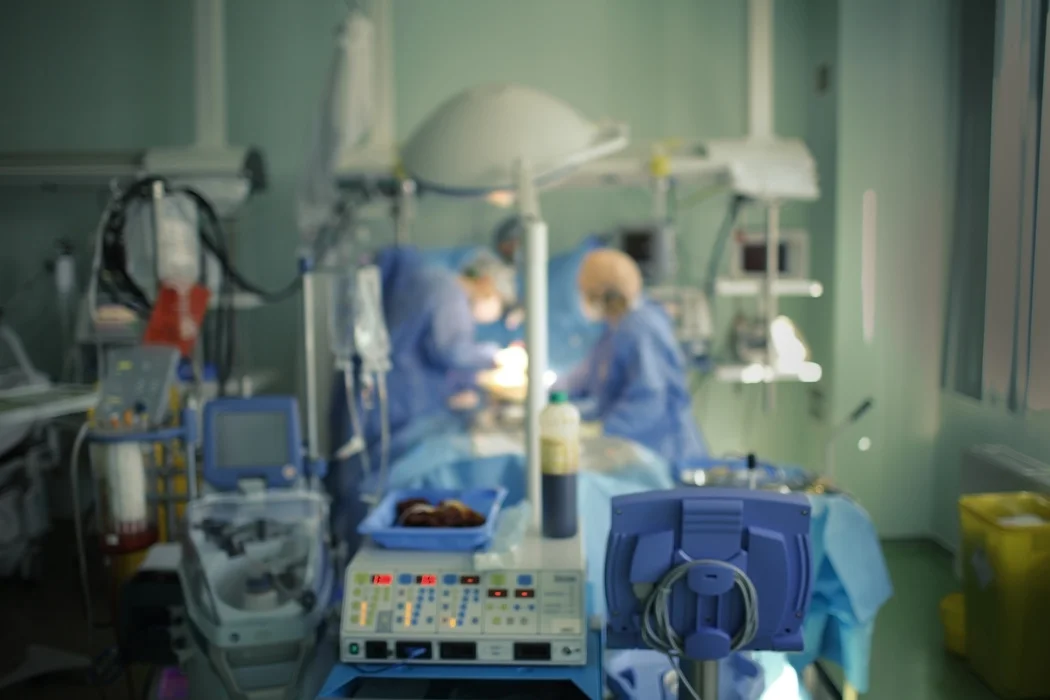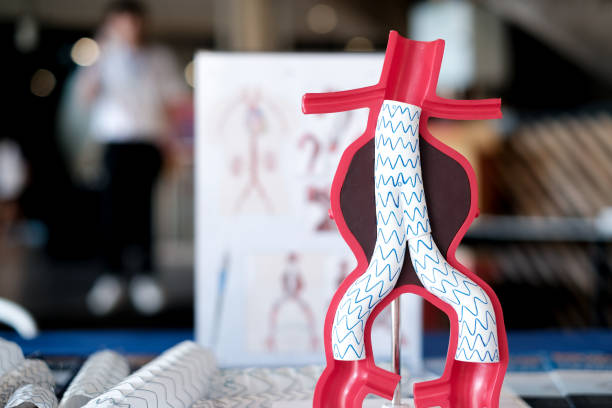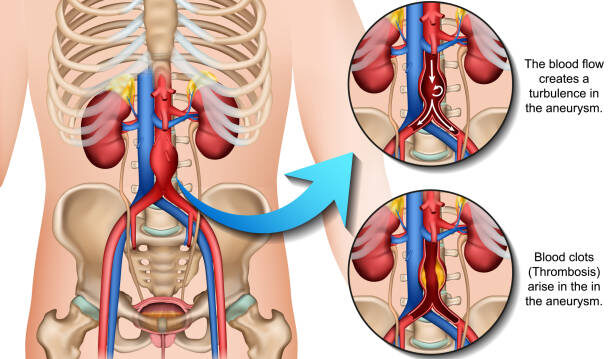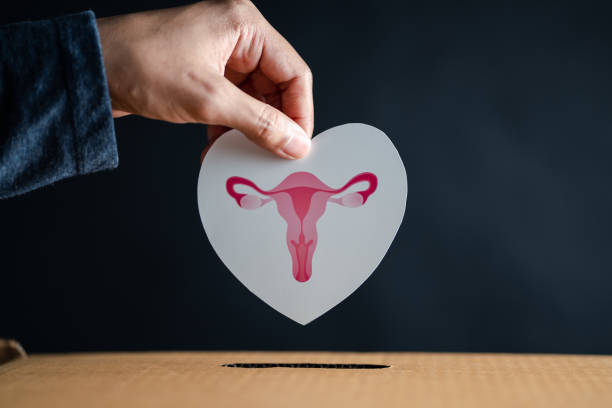Radiofrequency ablation (RFA) offers our patients a minimally invasive yet highly effective treatment option for various venous conditions. This comprehensive guide will help you understand why RFA at Dr. Darryl Lim’s clinic is an excellent choice for those seeking efficient and effective treatment for varicose veins and chronic venous insufficiency (venous reflux disease).
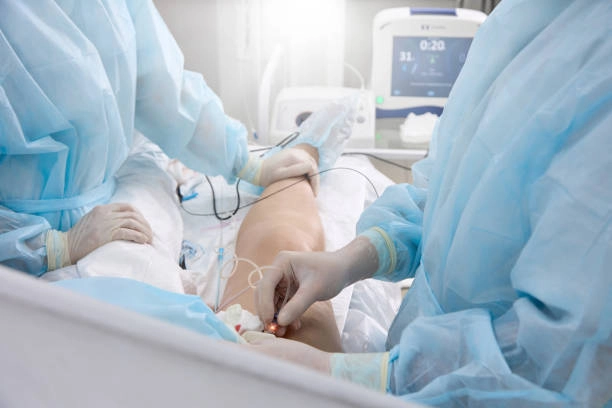
What is Radiofrequency Ablation (RFA)?
Radiofrequency ablation is a minimally invasive procedure used to treat varicose veins by delivering radiofrequency energy through a catheter to heat and collapse the vein walls. This causes the veins to close and be reabsorbed by the body over time.
How does RFA work?
The procedure is performed with the ultrasound for precise guidance. A radiofrequency catheter is inserted into the affected vein through a small incision. Tumescent anesthesia is applied around the vein for pain relief and tissue protection. The catheter delivers radiofrequency energy to heat and collapse the vein walls, causing them to seal shut. The catheter is gradually withdrawn, treating the vein along its length.
After the procedure, a small bandage is applied, and compression stockings may be recommended. The procedure typically takes 45-60 minutes, with patients often able to walk and resume normal activities within a day.
Benefits of RFA
Minimally Invasive
RFA is a minimally invasive procedure, which means less pain and a quicker recovery time compared to traditional surgery. This makes it an attractive option for patients looking for effective treatment without the extensive downtime associated with more invasive procedures.
Targeted Precision
The procedure allows for precise targeting of the affected areas, ensuring minimal damage to surrounding healthy tissues. This precision enhances the effectiveness of the treatment while reducing the risk of side effects and complications.
High success rate
Radiofrequency ablation is the procedure of choice for many vascular surgeons, as it has consistently demonstrated high efficacy, with clinical studies reporting primary vein closure rates between 90% and 98% at one-year follow-up. Long-term outcomes are also excellent, with indicate sustained vein occlusion and symptomatic relief. The procedure is associated with a low recurrence rate and favorable safety profile, contributing to overall high patient satisfaction and improved quality of life.
Rapid Recovery
Patients can quickly return to their daily routines, often within a few days. The rapid recovery time is one of the major benefits of RFA, allowing patients to resume their normal activities with minimal disruption.
Improved Aesthetic Outcomes
RFA involves smaller incisions, leading to less scarring and better cosmetic results. This results in improved aesthetic outcomes, which is particularly important for patients concerned about the appearance of their legs after treatment.
Risks associated with RFA
RFA is generally safe, but like all surgeries, it does carry some risks. Common complications include minor bruising, pain, or swelling at the treatment site. Less frequently, patients may experience skin burns, nerve damage, or superficial thrombophlebitis. Rare but serious risks include deep vein thrombosis (DVT). Good surgical technique and meticulous post-procedure care can help mitigate these risks and promote a smooth recovery.
RFA with Dr. Darryl Lim
Dr. Darryl Lim’s clinic offers a modern and patient-centered approach to treating varicose veins using radiofrequency ablation (RFA). Our experienced team and advanced facilities are committed to making sure your treatment is smooth and effective, tailored specifically to your needs for the best possible outcomes.
Comprehensive treatment options
In addition to radiofrequency ablation, some patients may require adjunctive procedures if they have more severe/extensive varicose vein disease. These treatment options include:
1. Sclerotherapy
Sclerotherapy is ideal for spider veins and smaller varicose veins It involves injecting a solution directly into the vein, causing it to collapse and stick together. More than 1 session may be required to achieve desired results.
2. Micro Phlebectomy
Ambulatory microphlebectomy is a minimally invasive procedure used to remove larger, more “bulgy” varicose veins. Small incisions are made along the vein, and a special hook is used to extract the vein segments. This procedure leaves minimal scarring and allows for immediate walking, though post-operative bruising and mild discomfort are not uncommon.
Contact us for RFA Treatment
If you’re thinking about Radiofrequency Ablation (RFA) for your varicose veins, Dr. Darryl Lim is here to help. Our experienced team uses the latest RFA technology to provide effective, personalized care for your vascular health. Book an appointment with us today and take the first step toward feeling better. We’re committed to helping you achieve a healthier, more comfortable life. Don’t wait—reach out now to see how our treatment can make a difference.

